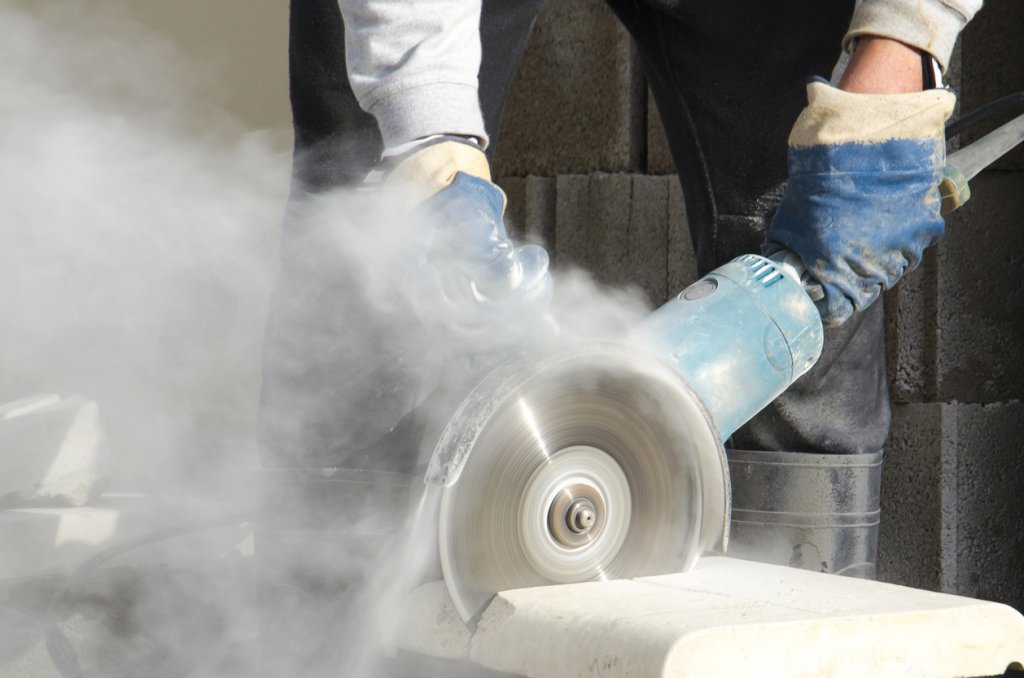
In this toolbox talk, learn about the hazards and risks associated with the types of dust present on construction sites. Plus, get our dust control safety tips.
There are many potential hazards present on construction sites, and dust is one of the most common.
Dust can cause a variety of issues and health concerns for workers who are exposed to it. It is important to understand the risks of dust on a construction site and learn what safety steps you can take to control dust exposure.
Construction dust is a general term used to describe different types of dust that you may find on a construction site.
Construction dust is not just a nuisance, it can also seriously damage your health. Some types can even kill you.
Regularly breathing these specks of dust over a long period of time can cause lung issues and lead to serious diseases.
The three main types of construction dust are:
Everyone working on a jobsite should know the damage construction dust can do to the lungs and airways. The main dust-related diseases affecting construction workers are:
Some of these diseases, such as asthma and advanced silicosis, can develop quickly. However, most of these diseases take a long time to fully develop.
Dust builds up in the lungs gradually over time. The effects are not often noticed immediately, and unfortunately by the time symptoms do appear, significant damage may already have been done. Dust-related diseases can be serious and life-threatening.
Construction workers are at a greater risk of developing health issues associated with dust because many common construction tasks create high dust levels.
Before starting a project, it is important to assess the many dust hazards and risks that are linked to construction work and certain building materials.
Dust levels can be affected by several factors, including:
Use the following safety measures to control the risks involved with working around construction dust.
Before you start on a new job, look at ways to stop or reduce the amount of dust you might make. You can use different materials or less powerful tools. For example:
If you are unable to completely stop dust from being produced, there are ways to reduce the dust that in the air. There are two main methods for dust control:
In addition to your normal personal protective equipment (PPE), RPE equipment can also help with dust when water or on-tool extraction cannot reduce exposure significantly. If you are using RPE, you need to make sure it is adequate for the amount and type of dust you are exposed to.
RPE has an assigned protection factor, also called an ADF, which shows how much protection it provides the person wearing it. The general level for construction dust is an ADF of 20. This means the person who is wearing the mask only breaths one-twentieth of the amount of dust in the air. With some woods, you can also use an APF of 10, if the dust risk is lower.
When wearing respiratory protective equipment, it's important for RPE to be:
It is also important to remember that, for RPE to work appropriately, it is important to also know what type (species) of wood you are working with.
Your work site may already have dust safety controls in place, but it is crucial that they are all working together properly. You can help with this by:
If you have an injury related to dust please notify your supervisor immediately so proper medical treatment can be administered.
It's important to understand the risks of dust exposure on the jobsite and do you best to remain aware.
Raken's toolbox talk app makes it easy to choose from a pre-loaded library (or upload your own), then schedule and assign topics for any project. We'd love to show you how in a demo and get you started on a free trial.